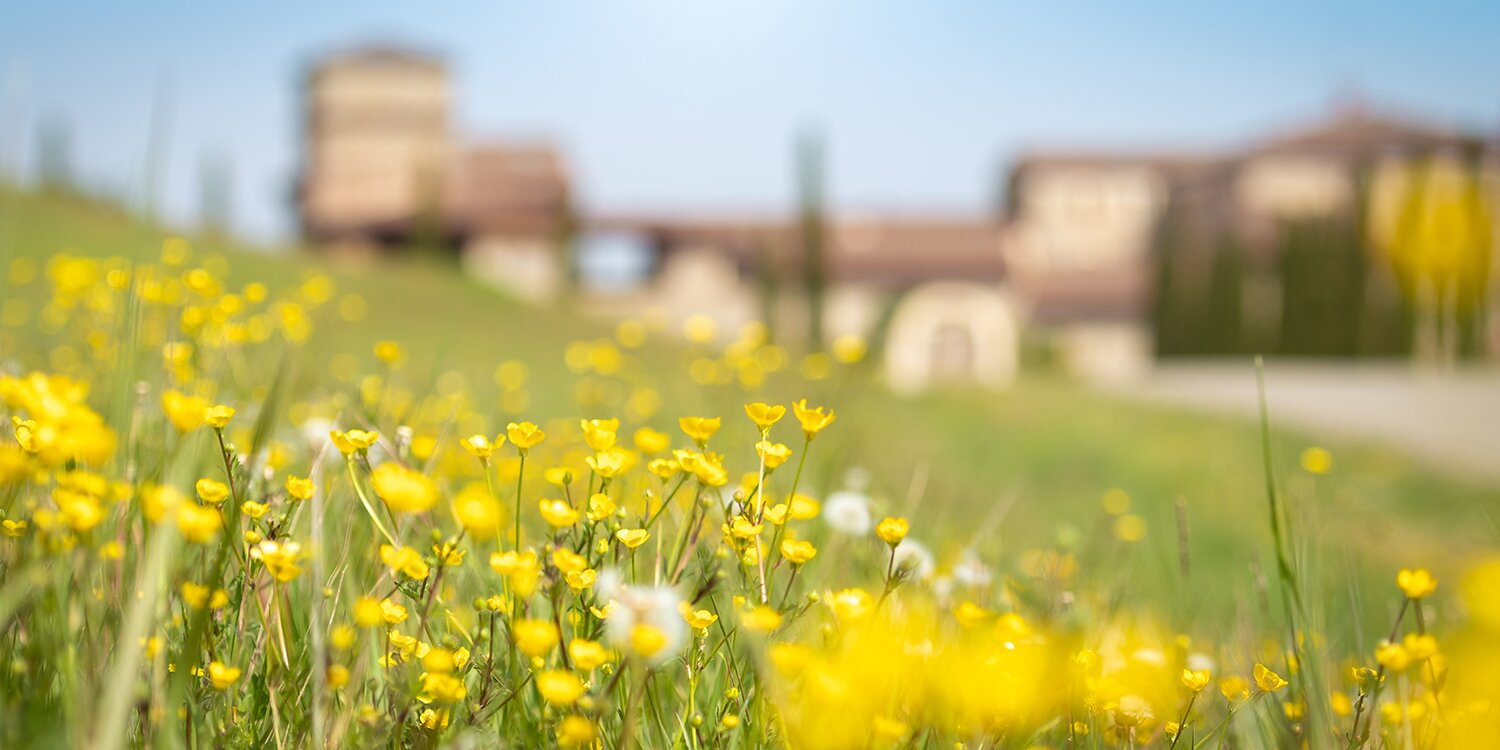Wake-up call: New developments need net gains on biodiversity
With new environmental requirements coming into force, Robert Walton gives advice on making sure your development is biodiverse
The problem
The Environment Act 2021 creates a new requirement for a minimum of a 10% biodiversity net gain for all new developments. It is expected to come into force in November 2023, and some local councils are already trialling it. It presents interesting opportunities for hotel estates with under-used grounds.
The law
Biodiversity value must increase by at least 10% on all new development with only very limited exceptions. It should, however, be noted that the increase in biodiversity of given land is from the 30 January 2020 and not the date of the development, to ensure landowners do not artificially lower biodiversity value prior to a development to achieve a higher gain later.
There are three methods where this can be achieved, measured in credits, used individually or together:
- Onsite provision – altering biodiversity on the development itself
- Offsite provision – altering biodiversity on another site
- Statutory credits – purchasing ‘credits’ from the government (details of this have not yet been announced)
The most straightforward is the first option, but this will often be unattractive for developers as it requires long-term maintenance of a site, with habitats maintained for a minimum of 30 years.
The second method has additional factors known as the DEFRA Biodiversity Metric. This takes into account the distance of the offsite provision from the actual site and penalises the created habitat accordingly. If development is in the same local authority there is no penalty, but a 25% discount is applied when in a neighbouring authority and 50% if further away.
Furthermore, not all biodiversity is treated equally. Local Nature Recovery Strategies mean there will be weighted values attributed to certain sites that fall within this designation.
Therefore, in order to calculate credits there will need to be an element of planning required.
Expert advice
While this can be looked on as a restriction for future developments, it is also opening up opportunities for those with land to spare, or those who would like to manage their land in a more ecological friendly manner.
There is likely to be significant demand for offsite provision with habitat credits being sold to developers to meet the requirements of the act. This will be of particular interest to landowners who will have the option of maintaining habitat themselves or leasing land to a third party who will maintain the land. Hotel operators with under-used land may be able to offer developers a way to achieve their biodiversity targets while creating enhanced amenity space for guests. Although it is early days, we are already seeing initial agreements for such arrangements with developers looking to increase biodiversity of sites ahead of the act coming into force.
It is not yet known if land owned by a single party can be ‘pooled’ together, but this would open up significant opportunities, especially where increased biodiversity of an area of land would be useful aesthetically to a business but they do not necessarily have the spare funds to implement the changes. A third party could be appointed to carry out the work and manage the site. This would apply even if the land was held under a lease.
Checklist
- Investigate unused areas of land on your estate. Of particular value will be areas with poor current biodiversity
- Review your title (or lease if you hold land under one) to see if there any limitations on use
- Be aware this is a long-term commitment, – at least 30 years
- Consider the impact on the day-to-day usage of your site
Beware
This aspect of the act is not yet in force, therefore be mindful for possible restrictions and potential for guidance to change.
Robert Walton is a partner in the real estate team at RWK Goodman, with specialist knowledge in the renewable energy sector and environment, and holds a master’s in conservation biology
Photo: Fabio Principe/Shutterstock

















